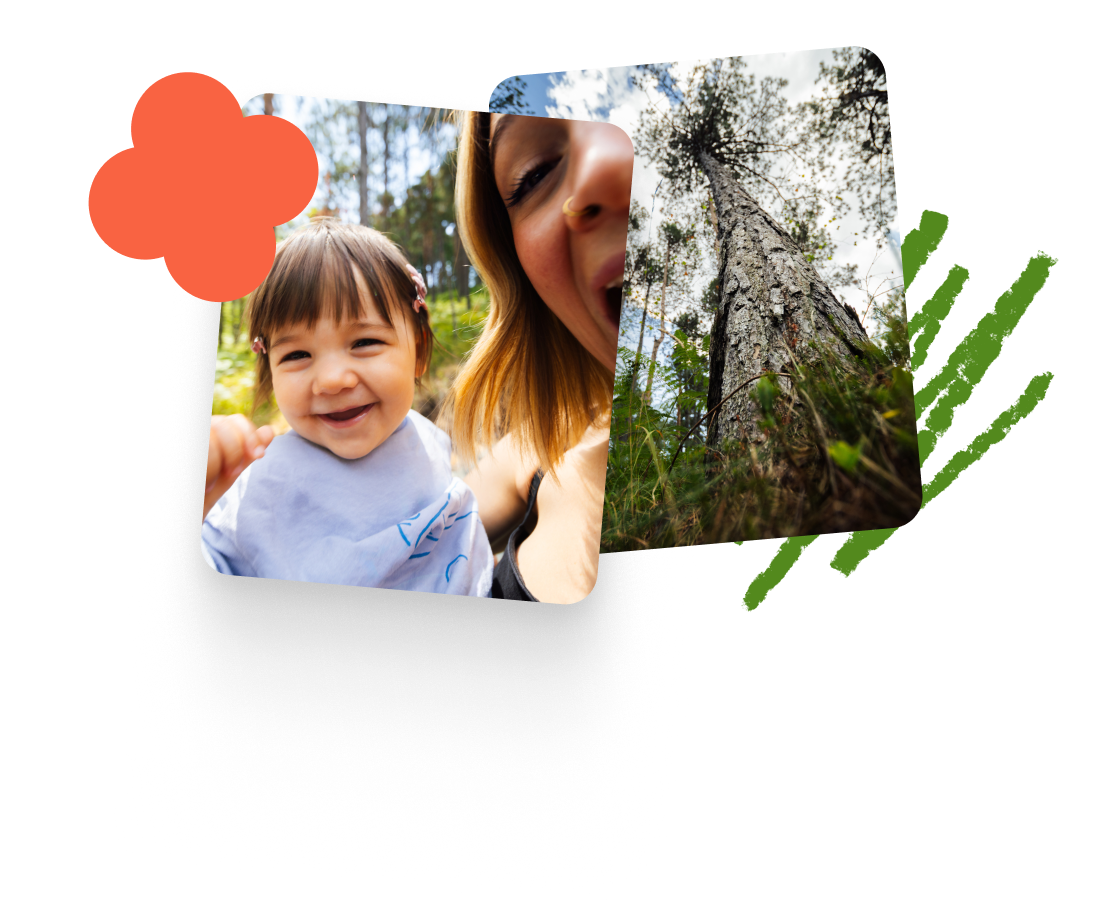
is now part of
Joy Parenting Club!
Families and care organisations using Heba will now have the option to also join Joy. For any questions, reach out to us at hello@heba.care

Families and care organisations using Heba will now have the option to also join Joy. For any questions, reach out to us at hello@heba.care

September 24, 2024
Can a single symbol sum up a community of more than 75 million? Certainly not. And yet, a lone puzzle piece has long been wedged in the position of representing autism – which is problematic, for several reasons.
Here, the founder of neurodiversity advocacy social enterprise Differing Minds, Jess Meredith, unpacks a few of them.
The puzzle piece is widely thought to have risen to symbol status by way of US-based charity called Autism Speaks – a large, long-running organisation that’s surrounded by controversy. “That charity doesn’t have a very good reputation from the perspective of the autistic community,” says Jess.
Historically, Autism Speaks was invested in eradicating autism. Although it has since been revamped, their original mission statement read: “We are dedicated to funding global biomedical research into the causes, prevention, treatments and a possible cure for autism.”
“They ran some pretty dark campaigns about how awful autism was and didn’t have many autistic people on their board or in the charity,” says Jess.
“This has – according to them – changed, but not so much according to the autistic community. They framed autism as something to be feared, so the damage has been done. A lot of people still view Autism Speaks as a hate company.”
Today, a puzzle piece still features as the logo for Autism Speaks.
Regardless of the fact it was popularised by an organisation that regarded autism as a disease to be cured, as a symbol, a puzzle piece holds meaning. It could suggest that autistic individuals are “incomplete” or a puzzle that needs to be solved. “Neither of which are particularly positive perspectives of being autistic,” says Jess.
“A large portion of the autistic community reject the puzzle piece – but having said that, there are some people who do think it’s representative. They feel like life, as an autistic person, is puzzling.”
In Jess’ experience, the majority of the autistic community prefer to be represented by the puzzle piece’s successor – a gold infinity loop. This was adapted from a rainbow infinity loop, representing neurodiversity, which first appeared on Autistic Pride Day on June 18th, 2005. “Although, as with everything, some people don’t like the infinity symbol, either,” says Jess.
The lesson here? Let’s not assume how any one person or community of people want to be represented. The best approach, as always, is to ask.
Photo credit: Donna Ford